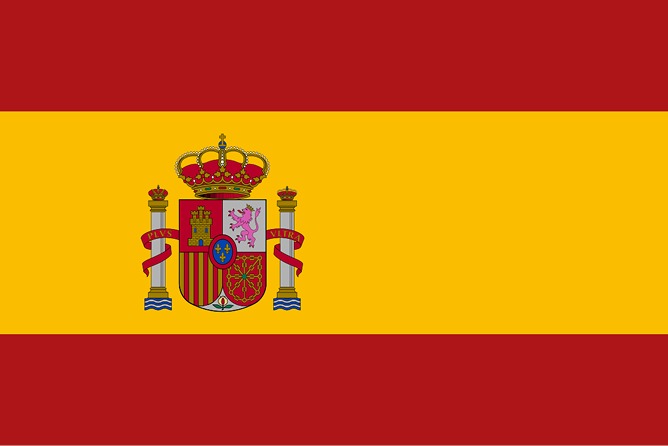Não conseguimos encontrar a internet
Tentando reconectar
Algo deu errado!
Aguarde enquanto voltamos ao normal
Boom-and-Bust Development Patterns Across the Amazon Deforestation Frontier
12/06/09| Título | Boom-and-Bust Development Patterns Across the Amazon Deforestation Frontier |
|---|---|
| Autores | Ana S. L. Rodrigues (a) Robert M. Ewers (b) Luke Parry (c) Carlos Souza, Jr. (d) Adalberto Veríssimo (d) Andrew Balmford (a) |
| Vinculação dos autores | (a) Conservation Science Group, Department of Zoology, University of Cambridge - UK (b) Division of Biology, Imperial College London, Silwood Park Campus - UK (c) School of Environmental Sciences, University of East Anglia, Norwich - UK (d) Instituto do Homem e Meio Ambiente da Amazônia (Imazon) – Belém (PA), Brasil |
| Ano de publicação | 2009 |
| Meio de publicação | Science - Vol 324, Issue 5933, pp. 1435-1437 |
| DOI (Digital Object Identifier) | 10.1126/science.1174002 |
Abstract
The Brazilian Amazon is globally important for biodiversity, climate, and geochemical cycles, but is also among the least developed regions in Brazil. Economic development is often pursued through forest conversion for cattle ranching and agriculture, mediated by logging. However, on the basis of an assessment of 286 municipalities in different stages of deforestation, we found a boom-and-bust pattern in levels of human development across the deforestation frontier. Relative standards of living, literacy, and life expectancy increase as deforestation begins but then decline as the frontier evolves, so that pre- and postfrontier levels of human development are similarly low. New financial incentives and policies are creating opportunities for a more sustained development trajectory that is not based on the depletion of nature and ecosystem services.
 PT
PT
 ES
ES
 EN
EN

